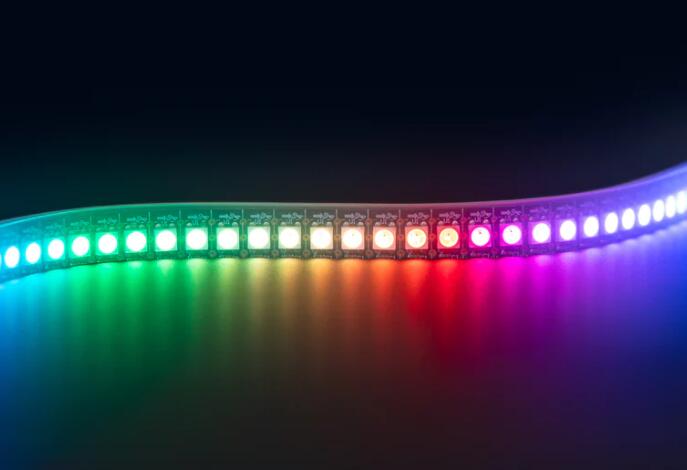RGBWW and RGB CW are both types of LED lighting systems, but they differ in terms of the colors they can produce and their intended applications:

-
RGBWW (Red, Green, Blue, Warm White):
-
RGBWW LED lights consist of red, green, blue, and warm white LEDs.
-
Warm white LEDs emit a color temperature similar to traditional incandescent or halogen lighting, typically around 2700K to 3500K on the Kelvin scale.
-
RGBWW lights can produce a wide range of colors by mixing red, green, and blue LEDs, as well as warm white light for softer, more natural lighting effects.
-
RGBWW lights are often used in applications where both colored lighting and warm white illumination are desired, such as architectural lighting, accent lighting, and decorative lighting.
-
RGB CW (Red, Green, Blue, Cool White):
-
RGB CW LED lights consist of red, green, blue, and cool white LEDs.
-
Cool white LEDs emit a color temperature that is cooler and more bluish compared to warm white LEDs, typically around 5000K to 6500K on the Kelvin scale.
-
RGB CW lights can also produce a wide range of colors by mixing red, green, and blue LEDs, along with cool white light for crisp, bright illumination.
-
RGB CW lights are often used in applications where both colored lighting and cool white illumination are desired, such as stage lighting, event lighting, and entertainment lighting.
In summary, the main difference between RGBWW and RGB CW LED lights lies in the type of white light they produce (warm white vs. cool white), which affects the overall color temperature and ambiance of the lighting. RGBWW lights are suitable for applications requiring warm, natural lighting effects, while RGB CW lights are suitable for applications requiring bright, crisp lighting with cooler tones.


